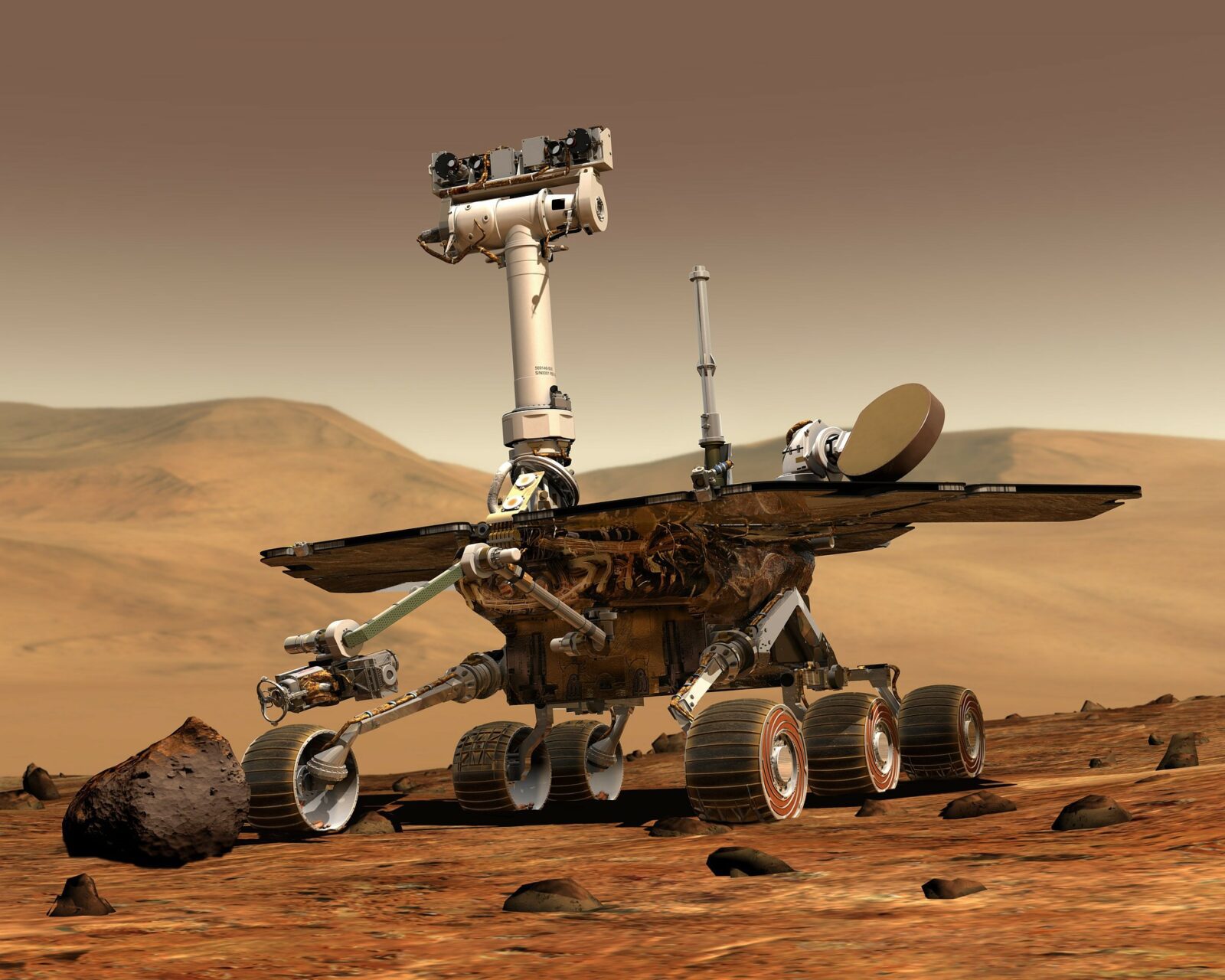We often hear about comparisons between Mars and Earth, but the differences between the two planets go beyond the fact that one has life and the other doesn’t (or at least that’s the official status.)
A recent study claims that the size discrepancy between the two planets may be one of the reasons why it is uninhabitable.
Mars’ diameter is only 53% that of Earth’s, meaning that the planet is only half the size of our beloved earthly home.
That size alone makes it impossible for Mars to hang onto the volatile matter that is crucial for life to exist, like water.
Kun Wang, a planetary scientist of Washington University in St. Louis, explained that Mars’ fate was set in stone since the beginning.
“There is likely a threshold on the size requirements of rocky planets to retain enough water to enable habitability and plate tectonics, with mass exceeding that of Mars,” he added.
Though there are so many differences between Earth and other terrestrial planets of the Solar System, it can be quite an ordeal to figure out which factors led to the apparition of life as we know it and which factors would inhibit it.
One of the substances we need for life to exist is liquid water, which seems to be the key to habitability.
Scientists discovered evidence of surface water on Mars thanks to some Martian meteorites that hit Earth, dug up from the red planet back when our solar system was still in its prime.
However, in the present, Mars is particularly dry, dusty, and lacking any liquid surface water.
The shift from a wet planet to the desert planet we know today is often attributed to Mars’ lost magnetic field.
However, some specialists believe that there is a chance other factors came into play as well, including the influence of the surface gravity of a cosmic body.
Earth’s gravity, for instance, is about 2.66 that of Mars’, which made Wang and his team dig deeper into the subject.
They began analyzing the abundances of potassium on some Solar System objects, as it is a moderately volatile element and tracer for other volatile elements and compounds.
Potassium isotope proportions are a significant proxy for volatile depletion in planetary insides due to their insensitiveness to igneous processes and vaporization as a result of impacts.
“Martian meteorites are the only samples available to us to study the chemical makeup of the bulk Mars. Those Martian meteorites have ages varying from several hundred millions to 4 billion years and recorded Mars’s volatile evolution history. Through measuring the isotopes of moderately volatile elements, such as potassium, we can infer the degree of volatile depletion of bulk planets and make comparisons between different Solar System bodies,” Wang added.
The team analyzed the isotope compositions of potassium in twenty meteorites originating from Mars, which were picked due to their resemblance to Mars’ bulk silicate composition. The compositions were then compared to bulk silicate compositions of other celestial objects, like Earth, the asteroid Vesta, and the Moon.
The results revealed that Mars lost more volatiles than our planet did during its formation but kept more than the Moon and Vesta, which are both considerably tinier and drier than Mars.
Katharina Lodders, a planetary scientist of Washington University, said that the reason why volatile elements and their compounds are present in such limited quantities on mars than on other planets is a question that puzzled specialists for many years.
“The finding of the correlation of potassium isotopic compositions with planet gravity is a novel discovery with important quantitative implications for when and how the differentiated planets received and lost their volatiles,” she added.
The new correlation between gravity and volatile retention could help figure out constraints on how much water there once was on Mars.
Also, the finding has some consequences in the quest of finding habitable worlds outside our Solar System.
There are multiple factors that affect the presence of liquid water on a planetary surface – First, there is its temperature, in contrast to its proximity to the star the planet is orbiting.
Being too close to a host star makes water evaporate while being too far from the star makes it freeze up.
“The size of an exoplanet is one of the parameters that is easiest to determine. Based on size and mass, we now know whether an exoplanet is a candidate for life, because a first-order determining factor for volatile retention is size,” explained Wang.












Leave a Reply